Florence is a city that, having visited once, you always want to return to. Each visit reveals details that you did not catch, and gradually the whole beauty of the city is revealed in all its nuances. Even in the most visited squares by tourists, some corners are less noticeable, because attention is paid to the great monuments, which, with their dazzling splendor, make their surroundings less noticeable. Sometimes it’s enough to look up, follow a secondary road, take a few more steps and go beyond the most popular routes to see unexpected details or discover new stories, characters, and traditions. There are small museums that store unusual works and are arranged in such a way as to create a fascinating sightseeing route.
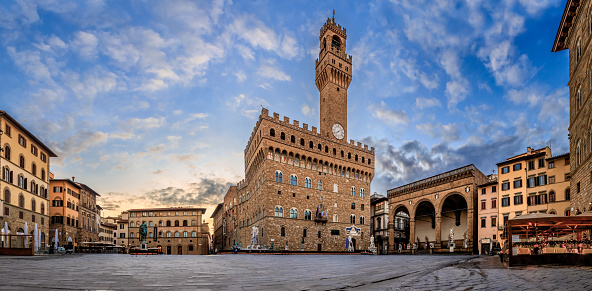
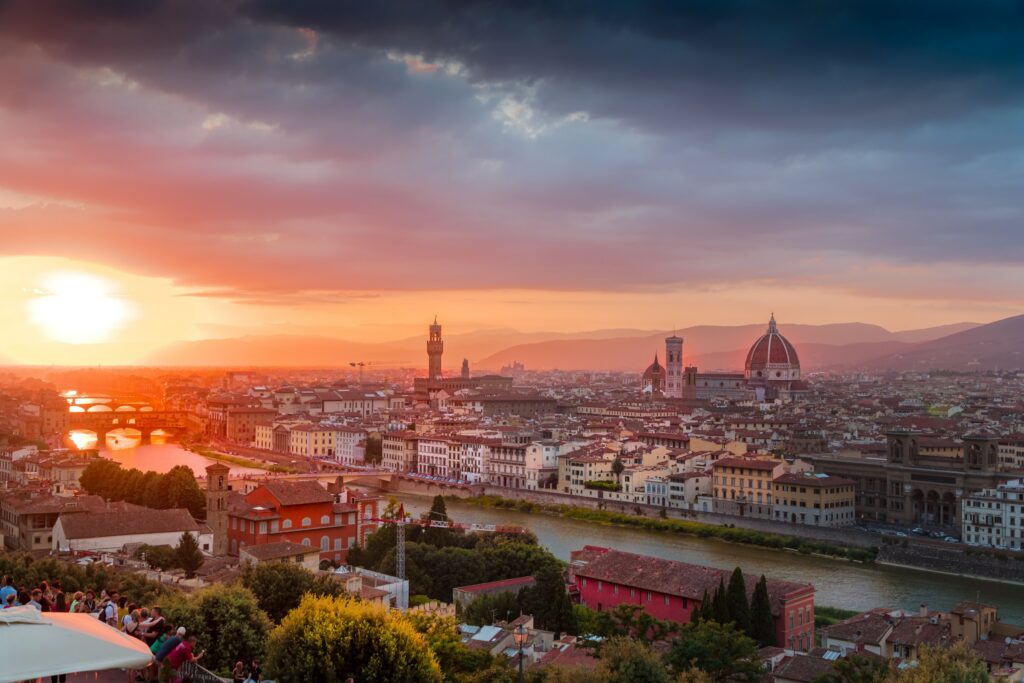
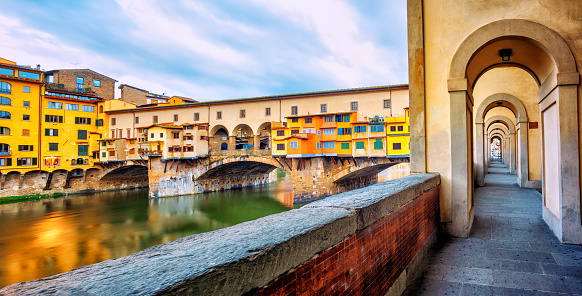
Loggia del Bigallo: Gothic palace overlooking Florence
When you visit the Piazza Duomo, your attention is attracted by Santa Maria del Fiore, the Giotto bell tower, and the baptistery, but if you turn away from these monuments and inspect the buildings framing their extraordinary space, you will discover a beautiful 14th-century Gothic palace, the Loggia del Bigallo. The exterior is decorated with frescoes, statues, and elegant mullioned windows. Inside there is a museum that exhibits works belonging to the Compagnia del Bigallo, a fraternity dedicated to good deeds. Among the most valuable exhibits are a crucifix of the XII century and a fresco depicting the Madonna Della Misericordia. Carefully consider what is depicted at the foot of the Virgin: you will notice a view of Florence. This is the oldest representation of the city, which already has a baptistery.
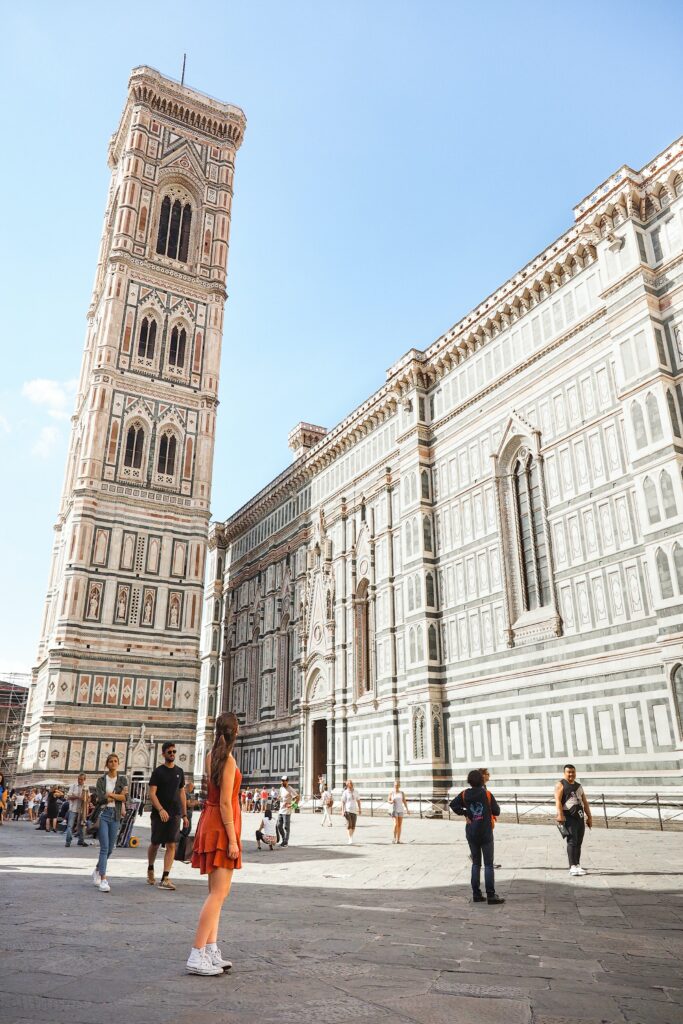
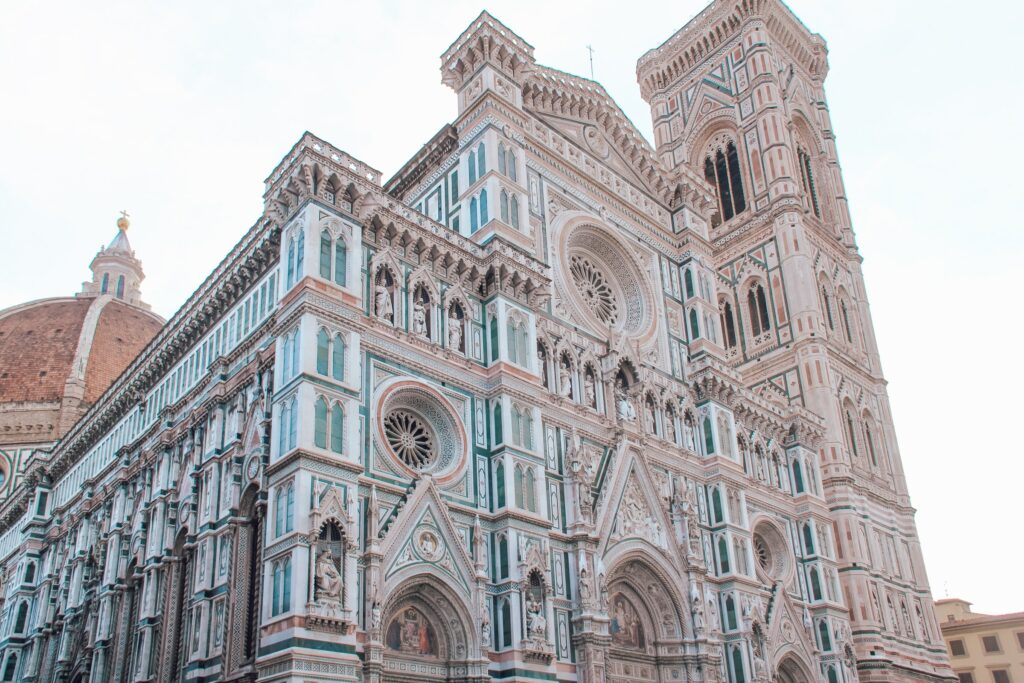
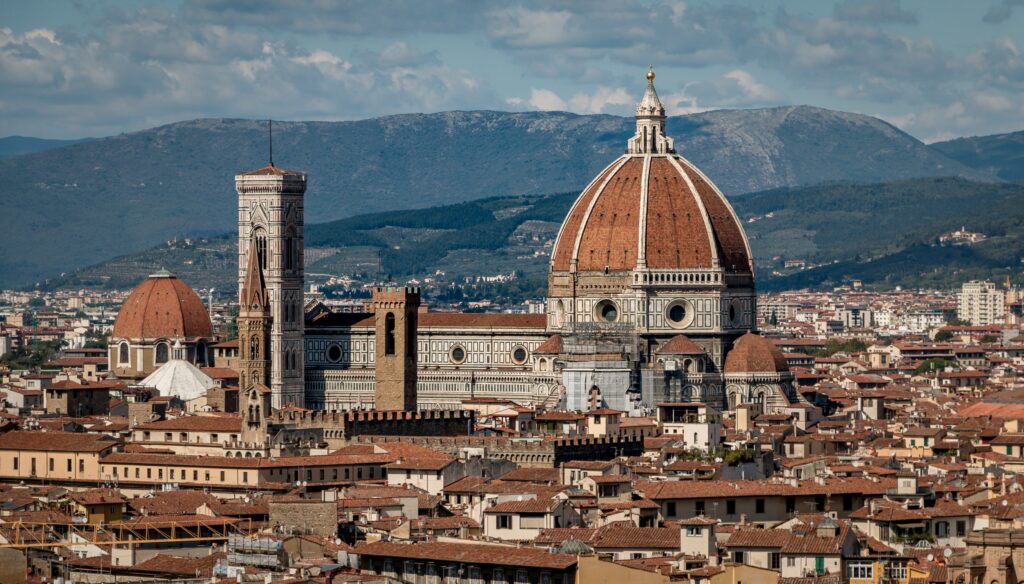
The House of Dante: a museum telling about the life and work of the great poet
Walking through the streets of Florence, it is easy to recall Dante Alighieri, who spoke exemplary about the events and characters of the city. Do you know that you can visit the birthplace of the great poet? His house is located right in the historical center, a few steps from Piazza Della Signoria. The original building was rebuilt in the 20th century, and now it houses a museum dedicated to its outstanding owner. The exhibition is divided into three floors, each of which explores one of the aspects of Dante’s figure: life in Florence, exile, and the “Divine Comedy”. Among the artifacts and relics, you can see a diorama illustrating the Battle of Campaldino, which marked the triumph of the Guelphs in Tuscany, and volumes from different eras with editions of the Divine Comedy.
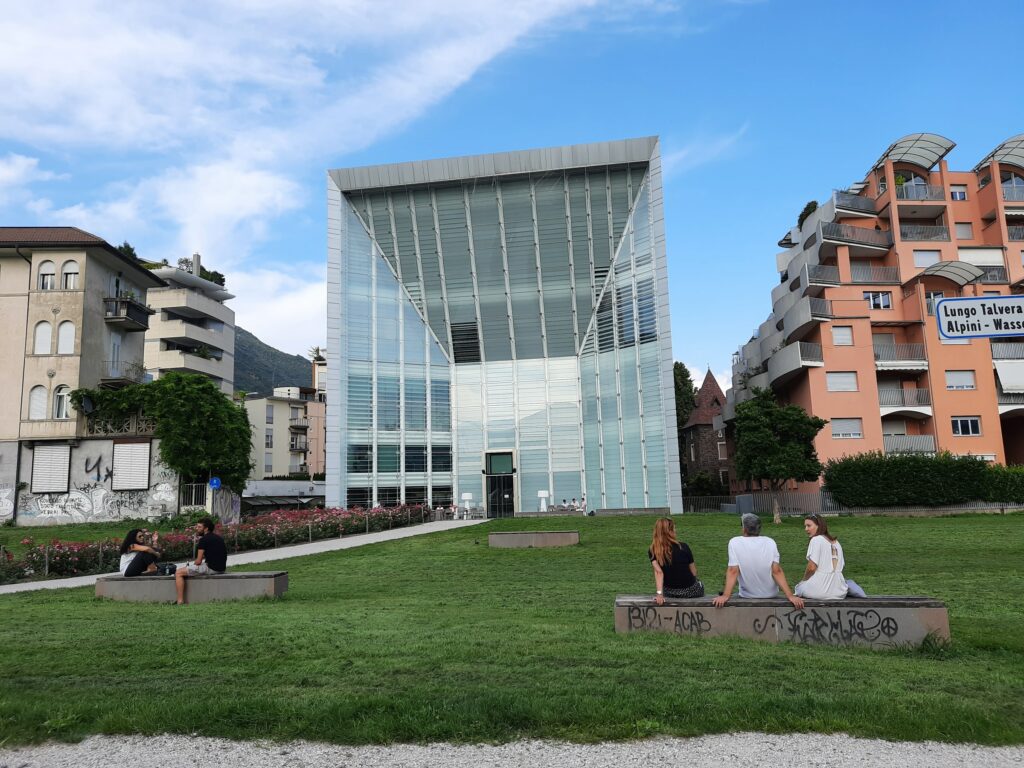
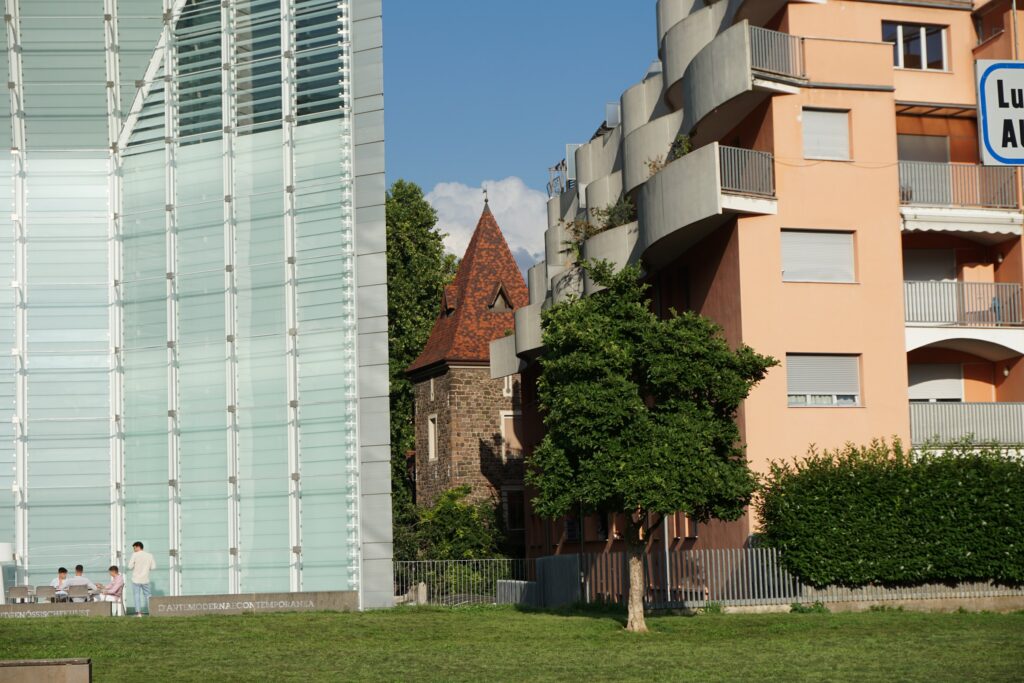
Berta: who is looking out of the bell tower wall?
If you pass by the Church of Santa Maria Maggiore, look up to inspect the walls of its bell tower: you will notice a curious detail because a woman’s face appears among the stones of the building. It’s a late Roman bust, and you’ll wonder why it ended up there. This is the same question that Florentines have been asking for centuries, and various legends have arisen around Bertha, as this female figure was called. The most romantic one tells that a greengrocer bought a bell for the church with his savings, and fellow citizens thanked her by immortalizing her in sculpture. If you prefer stories about magic, then they say that Bertha was turned to stone by the wrath of a convicted witch on the way to the bonfire.
Synagogue and Jewish Museum: places of worship and celebration between history and culture
Among the domes that characterize the panorama of Florence, there is also the dome of the synagogue. It is located in the northern part of the historical center, in the Mattonaya district. The Moorish-style building was built at the end of the 19th century and is characterized by an elegant alternation of white travertine and pink stone. Inside, in addition to the hall of worship, you can also visit the museum, which traces the history of the Jewish community of Florence, with objects and furniture from the sixteenth to the nineteenth century. The Memory Room documents the period of racial laws and deportation. Do you want to deepen your knowledge of the Jewish world, including from a gastronomic and folklore point of view? Every summer there is a cafe Balagan in the garden of the synagogue, where musical events, book presentations, and aperitifs alternate.
Hospital of the Innocents: the first orphanage in Europe
Once in Piazza Della Santissima Annunziata, after visiting the church, pay attention to the Ospedale Degli Innocenti, a building designed by Brunelleschi. It is one of the first examples of Renaissance architecture in Florence, and the intended use of the complex was also groundbreaking, housing an institute for the care and education of orphaned children, an initiative that in the fourteenth century had no equal in Europe. Brunelleschi created a harmonious whole in which refectories, infirmaries, dormitories, study rooms, and workshops are gathered around monasteries and arcades. Even today, Ospedale Degli Innocenti has kindergartens and institutions designed for children. Tourist interest, in addition to the forms in general, is the Museum, which houses the works of Botticelli, Domenico Ghirlandaio, and Michelangelo.
Opificio Delle Pietre Dure: fragments of masterpieces telling the history of art
A few steps from the church of Santissima Annunziata, you can make an original and interesting visit to the institute, which has been at the center of the artistic life of the city for centuries. This is the Opificio Delle Pietre Dure, founded in 1588 by Ferdinando de’ Medici for the processing and inlay of semi-precious stones. The works created here decorated the chapel of the Princes in the Basilica of San Lorenzo, then over the centuries, the manufactory performed various functions, adapting to new orders and new artistic directions, up to the specialization of restoration. The museum that you can visit inside is very peculiar: the masterpieces created within these walls are located in the offices of their clients, in Florence and throughout Europe, but there are unfinished fragments and remnants of repairs and modifications.
Horn Museum: the aesthete who rebuilt the Renaissance mansion
Paintings, sculptures, furniture, drawings, and engravings: This is a diverse but exquisite collection of works of art collected by Herbert Horn, donated to the Italian state, and exhibited in the Palazzo Corsi, located between Santa Croce and Ponte Alle Grazie. Horn was an English architect and designer who lived in London in the second half of the 19th century, where he interacted with artists such as George Bernard Shaw, Oscar Wilde, and John Ruskin. After several trips to Italy, he decided to move to Florence, joining a large group of English intellectuals who inhabited the city at the beginning of the last century. He was a fan of Renaissance figurative art and a sophisticated collector. To fulfill his dream of an aesthete, he bought the fifteenth-century Palazzo Corsi and recreated the atmosphere of a Renaissance residence in the halls of the building with the objects and works of his collection.
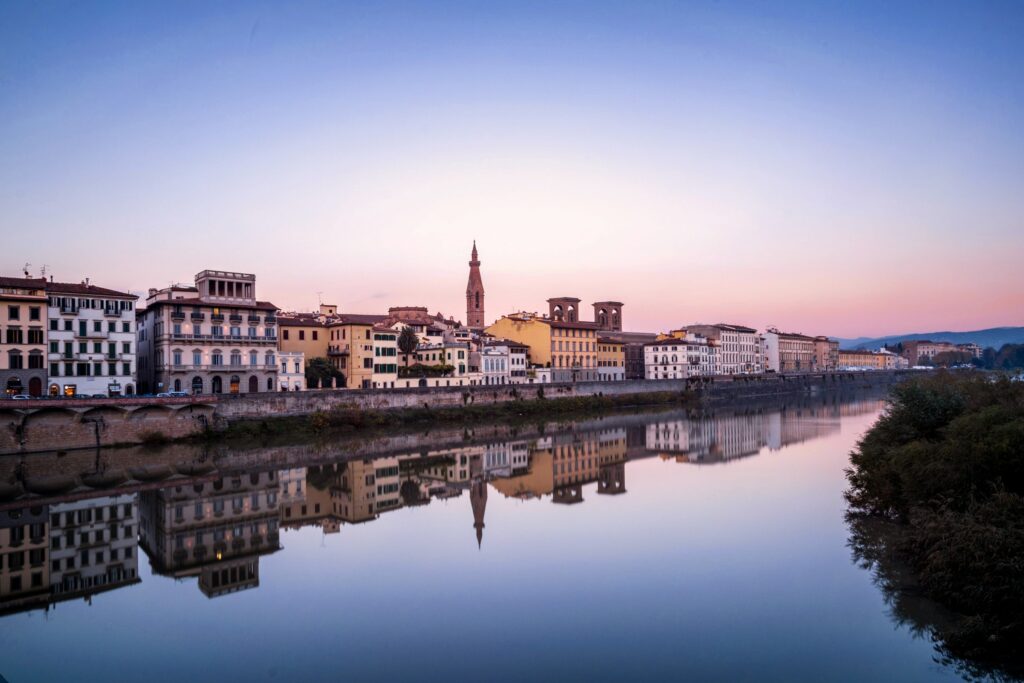
Clete’s Workshop: in the lair of street art
Have you been to the Clete? This is a French artist who made Florence his adopted homeland. If you want to discover his art, you can visit the studio where he creates and exhibits. It is located on the left bank of the Arno, near the Ponte Alle Grazie. Nonconformist, brash, and provocative, Clet is famous for stickers that, while maintaining legibility, turn road signs into funny and brilliant art installations. His works of street art and urban furniture adorn the cities of Italy and the world. You can buy stickers and prints or look into a small library dedicated to the hipster universe. Clete’s creations are scattered all over Florence and walking through the streets of the center, you will be able to recognize the road signs, redesigned thanks to the intervention of the artist. Want some tips on where to find them? Take a good look around when you are in Michelangelo Square, Duomo Square, or Piazza Della Signoria.
Enzo Pazzagli Art Park: sculptures immersed in nature
If on Sunday you are undecided whether to go to the museum or spend the day outdoors, in the Art Park of Enzo Pazzagli you can satisfy all your desires. There are more than 200 sculptures on display in the green zone on the eastern outskirts of the city. One of the most impressive is the “Trinity”, a living work consisting of 300 cypresses forming three faces. First, watch him on Google Earth, where at first it will seem to you that you see only one face, on the sides of which you will then find two other profiles. Seeing the effect from above, it will be even more exciting to walk among the rows of trees. Among other creations, you will see figures of animals and flowers that fit perfectly into the environment. There are also installations for the entertainment of the youngest.
Florentine football: matches in costumes for medieval sports
If you visit Florence during the celebration of San Giovanni Battista in June, you will be able to discover Florentine football, which has an ancient origin and which has been played on the streets of the city since the Middle Ages. He is considered the progenitor of ball and contact sports, and his rules are a mixture of today’s rugby and American football. This event could not be missed by the Florentines, who even during the siege of Charles V in 1530 staged a big tournament in the Piazza Santa Croce to mock the enemy. Since then, all the rulers of the city have staged Florentine football matches, and livery matches were held on the occasion of important weddings or state visits. Today, football players wear Renaissance costumes, and the event opens with a festive parade featuring ancient knights, weapons, and insignia.











